Harmonic Analysis (RMA) Worksheet for the song: "Can't Buy Me Love".
Harmonic Analysis (RMA) Worksheet for the song: Can't Buy Me Love.
Can't Buy Me Love
Can't Buy Me Love is a song by the English rock band the Beatles that was released in March 1964 as the A-side of their sixth single. It was written by Paul McCartney and credited to the Lennon–McCartney partnership. The song was included on the group's album A Hard Day's Night and was featured in a scene in Richard Lester's film of the same title. The single topped charts in the United Kingdom, the United States, Australia, Ireland, New Zealand and Sweden. In the UK, it was the fourth highest selling single of the 1960s.
While in Paris, the Beatles stayed at the five-star George V hotel and had an upright piano moved into one of their suites so that songwriting could continue. It was here that McCartney wrote "Can't Buy Me Love". The song was written under the pressure of the success achieved by "I Want to Hold Your Hand", which had just reached number one in America. When producer George Martin first heard "Can't Buy Me Love", he felt that the song needed changing: "I thought that we really needed a tag for the song's ending, and a tag for the beginning; a kind of intro. So I took the first two lines of the chorus and changed the ending, and said 'Let's just have these lines, and by altering the second phrase we can get back into the verse pretty quickly.'" And they said: "That's not a bad idea, we'll do it that way". The song's verse is a twelve-bar blues in structure, a formula that the Beatles seldom applied to their own material. (wikiwand);
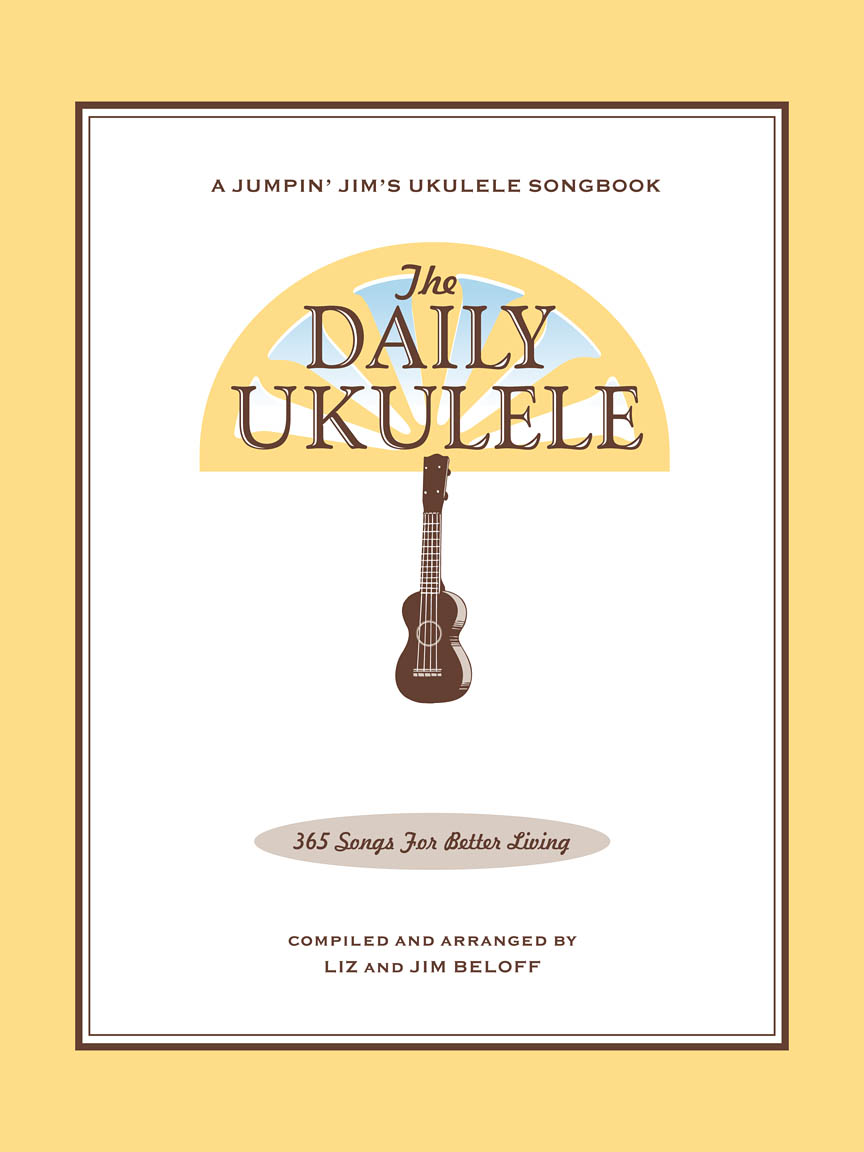
The Daily Ukulele— 365 Songs for Better Living book.







The IV7 is NOT a Secondary Dominant as it does not resolve to its I , which would be F and the G . In this case it just a Blues IV .
D.S. al Coda
(Take 2nd ending)
NOTE: — The C7 in the above Harmonic Analysis is NOT a Secondary Dominant. It's simply aBluesy IV chord when the seventh is added.
A Harmonic Analysis (RMA/HA) and its worksheet are intended to show the function of the chords, the harmonic principles used, the keys and tonalities the song explores. And, can be used for scale selections and chord and scale substitutions.
lead leadsheet.Minimal roadmap information such as repeats, fine, D.S., D.C., and codas has been used in preparing the worksheets to somewhat mirror the leadsheet in the Daily Ukulele book.
Yellow Book. You should start to recognize that 1st endings typically always return to a previous verse or an
 section. With a 2nd ending, a transition to a different part of the song, a
section. With a 2nd ending, a transition to a different part of the song, a  or chorus. Harmonic Principles are used for these repeats and transitions.
or chorus. Harmonic Principles are used for these repeats and transitions.- Can't Buy Me Love is in 4/4, Common Time and the Key of G . The 2015 Can't Buy Me Love – Remaster is in the Key of C , Tempo: 172 bpm
- Full Diatonic
- Partial Diatonic • Full Diatonic includes Secondary Dominant chords

Contemporary Scales: Minor Pent: Minor Pentatonic, Pent: Major Pentatonic, Blues,
Scale/Mode Names: Ion: Ionian (Major), Dor: Dorian (Minor), Phrygian: Phrygian, Lyd: Lydian, Mix: Mixolydian (Dominant), Aeol: Aeolian (Natural Minor), Loc: Locrian

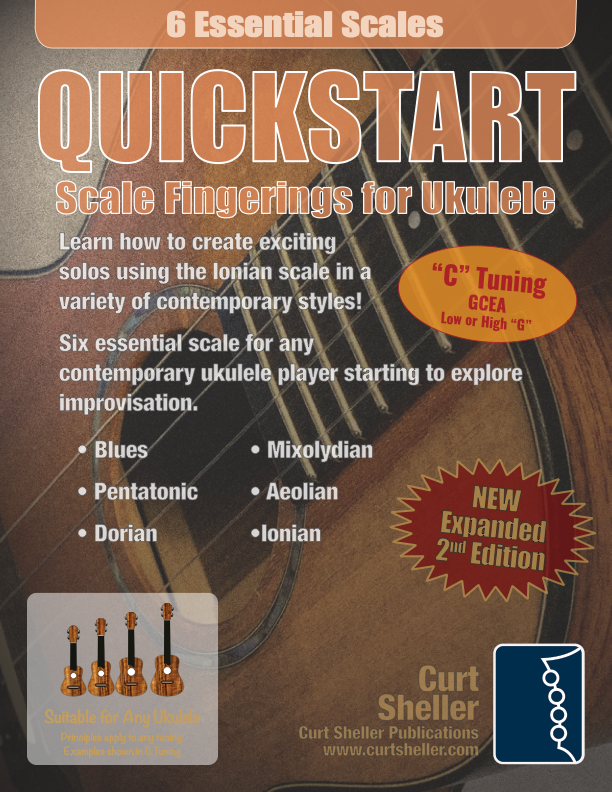
Intro
No Intro for Can't Buy Me Love, just the pickup notes. So for a Ukulele jam count it in, 1 2 3 4 1 2 , coming in on the second 2 .
There are some N.C. , No Chord parts that are not indicated on the leadsheet that are cool to add to the arrangement. These are marked on RMA Worksheet above.
- (wikiwand) Can't Buy Me Love
- The Beatles Bible: Can't Buy Me Love
- Can't Buy Me Love •
Related Lessons, Videos, Lesson Series, Songs, Books & Reference Charts, Resources & Assets, Workshops are below.
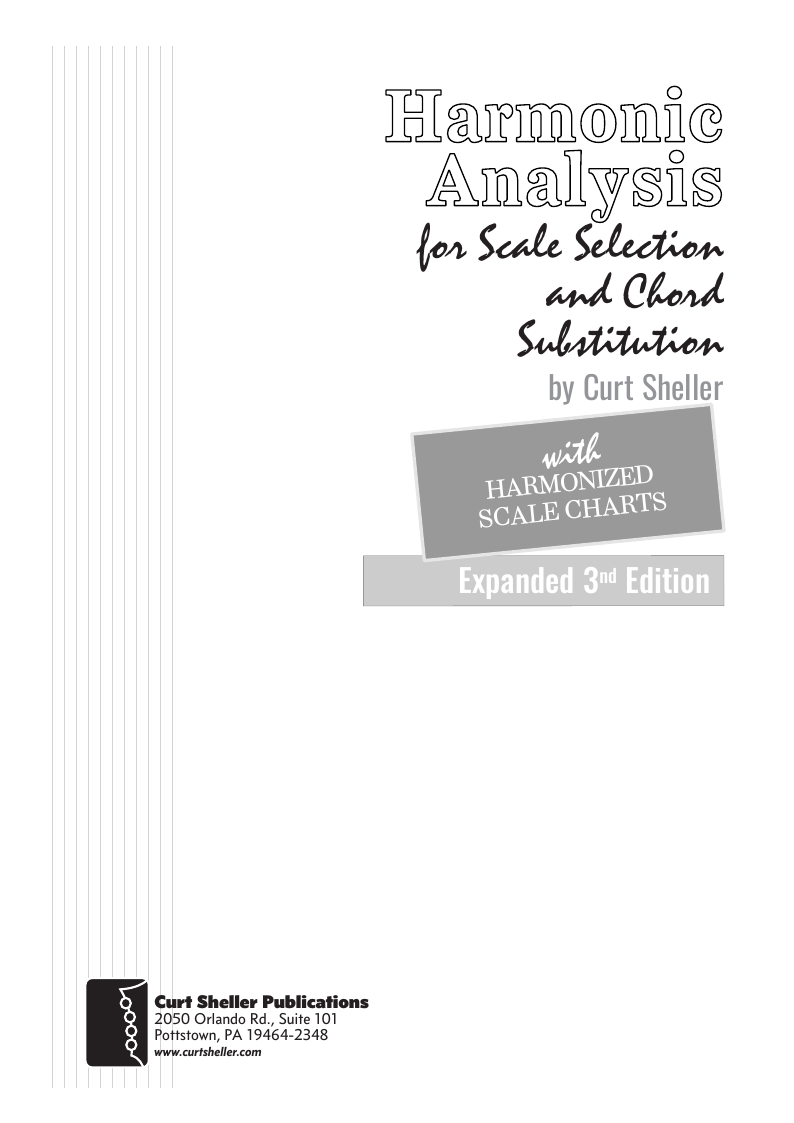
Harmonic Analysis ( HA ) is the process used to determine the harmonic function of chords within a chord progression. A chord progression is defined as a sequence of chords, each chord has a root and has a particular chord type. The relationship of a chord's root to a scale determines its function within that scale's tonality. Once a chord's function is identified, scale selections along with chord and scale substitutions can be made. This process is called Root Movement Analysis ( RMA ). This series of lessons are extracted from my book for use with individual private and on-line students. Each lesson directly corresponds the chapters in my book Harmonic Analysis for Scale Selection and Chord Substitution by Curt Sheller (me).

Harmonic Analysis (HA), also known as the study of chord relationships, is the method used to identify the harmonic role of chords within a chord progression or song. A chord progression refers to a sequence of chords, with each chord having a root note and belonging to a specific chord type. The function of a chord within a particular scale's tonality is determined by its relationship to that scale.
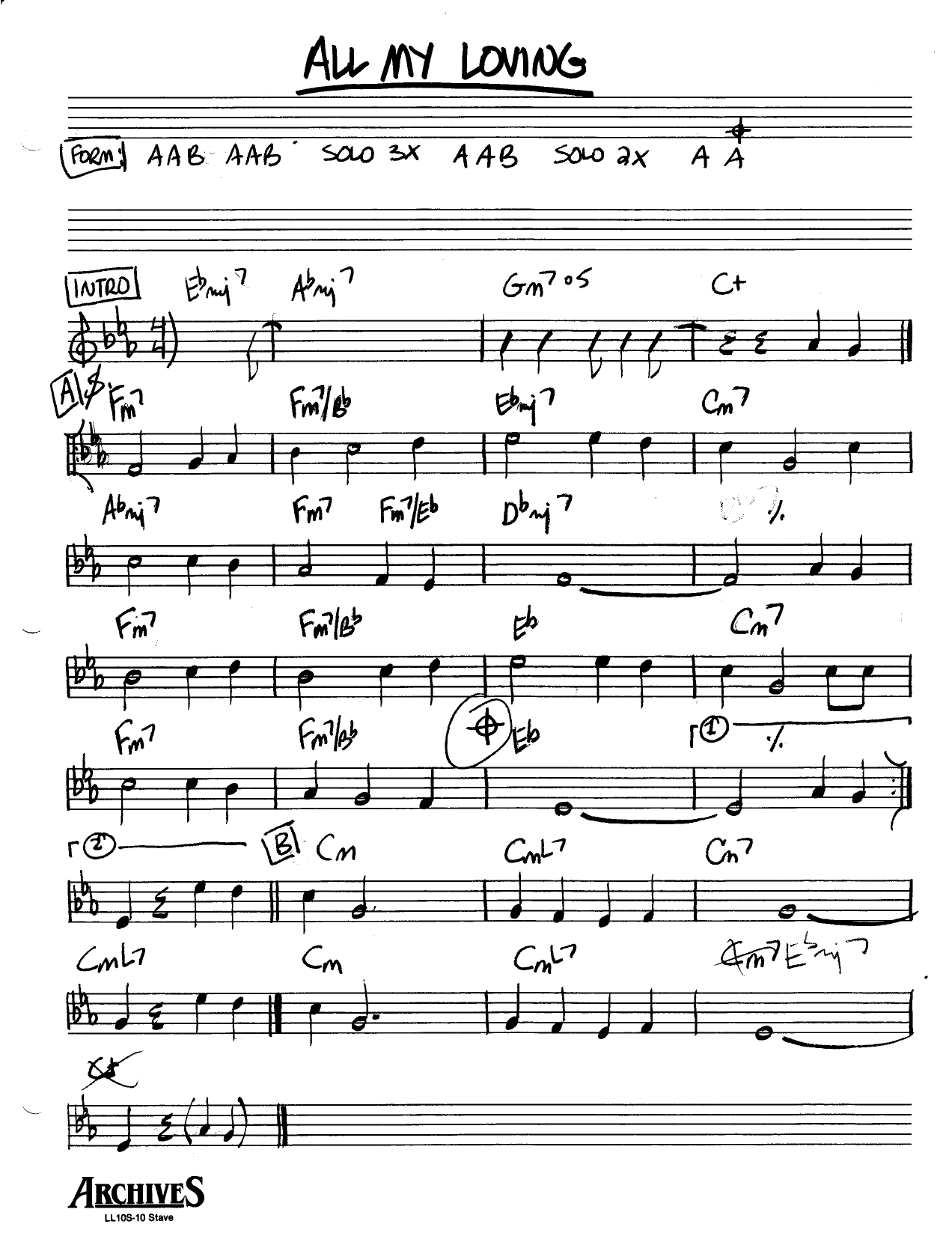
All My Loving is a song by the Beatles, written by Paul McCartney (credited to Lennon–McCartney), from the 1963 album With The Beatles. Though it was not released as a single in the United Kingdom or the United States, it drew considerable radio airplay, prompting EMI to issue it as the title track of an EP. The song was released as a single in Canada, where it became a number one hit. The Canadian single was imported into the US in enough quantities to peak at number 45 on the Billboard Hot 100 in April 1964.
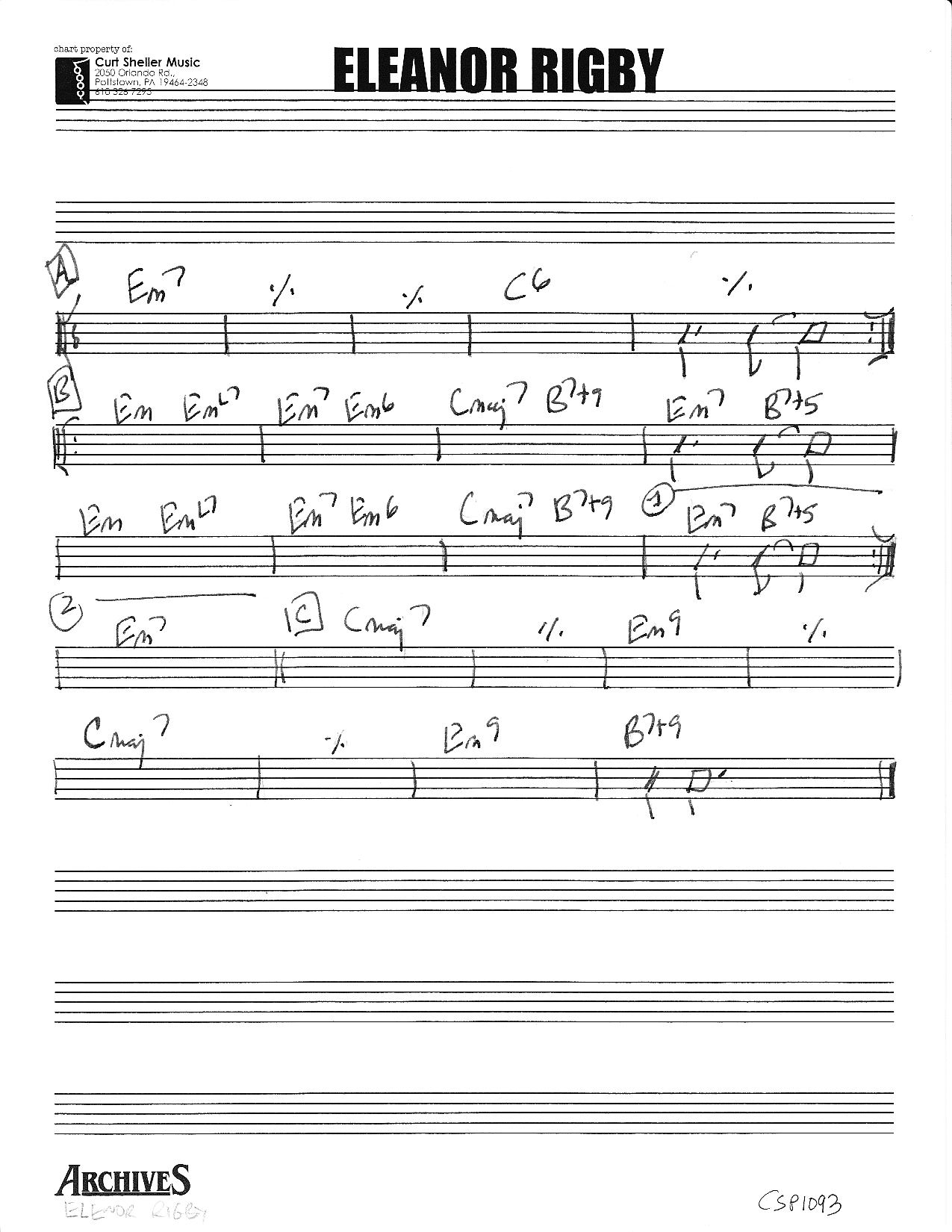
Eleanor Rigby is a song by The Beatles, originally released on the 1966 album Revolver. The song was primarily written by Paul McCartney, although in an interview conducted by Playboy magazine in 1980, John Lennon claimed that "the first verse was his and the rest are basically mine." Pete Shotton, a close friend of Lennon who was present at the time, said "Though John (whose memory could be extremely erratic) was to take credit, in one of his last interviews, for most of the lyrics, my own recollection is that 'Eleanor Rigby' was one 'Lennon-McCartney' classic in which John's contribution was virtually nil."
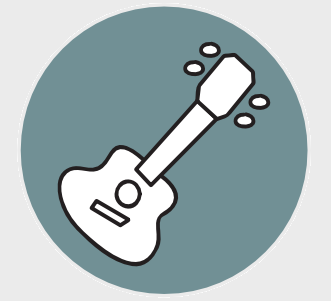
Michelle is a love ballad by the Beatles, composed principally by Paul McCartney, with the middle eight co-written with John Lennon. It is featured on their Rubber Soul album, released in December 1965. The song is unusual among Beatles recordings in that some of its lead vocals are in French, although "Paperback Writer" contains the backing vocals "Frère Jacques". "Michelle" won the Grammy Award for Song of the Year in 1967 and has since become one of the best known and most often recorded of all Beatles songs.
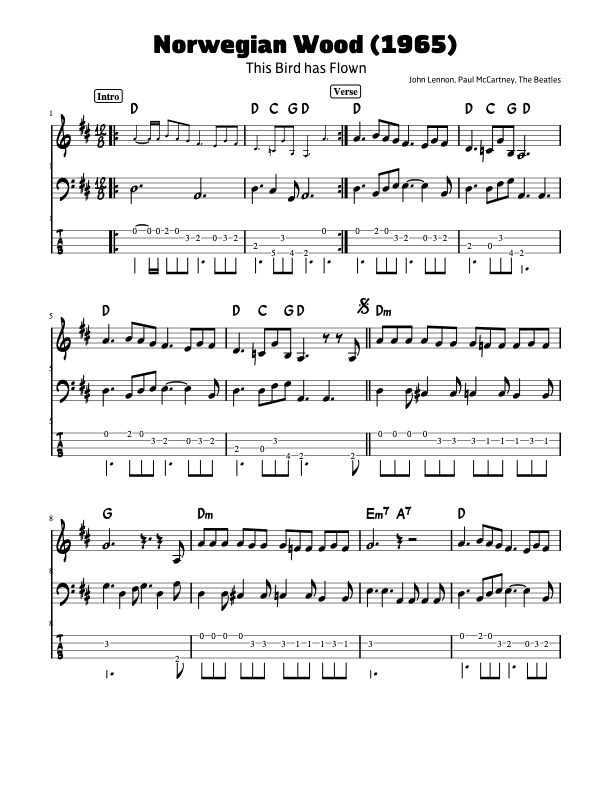
"Norwegian Wood (This Bird Has Flown)" is a song by the Beatles from their 1965 album Rubber Soul. It was written mainly by John Lennon and credited to the Lennon–McCartney songwriting partnership. Influenced by the introspective lyrics of Bob Dylan, the song is considered a milestone in the Beatles' development as songwriters. The track features a sitar part, played by George Harrison, that marked the first appearance of the Indian string instrument on a Western rock recording. The song was a number 1 hit in Australia when released on a single there in 1966, coupled with "Nowhere Man".
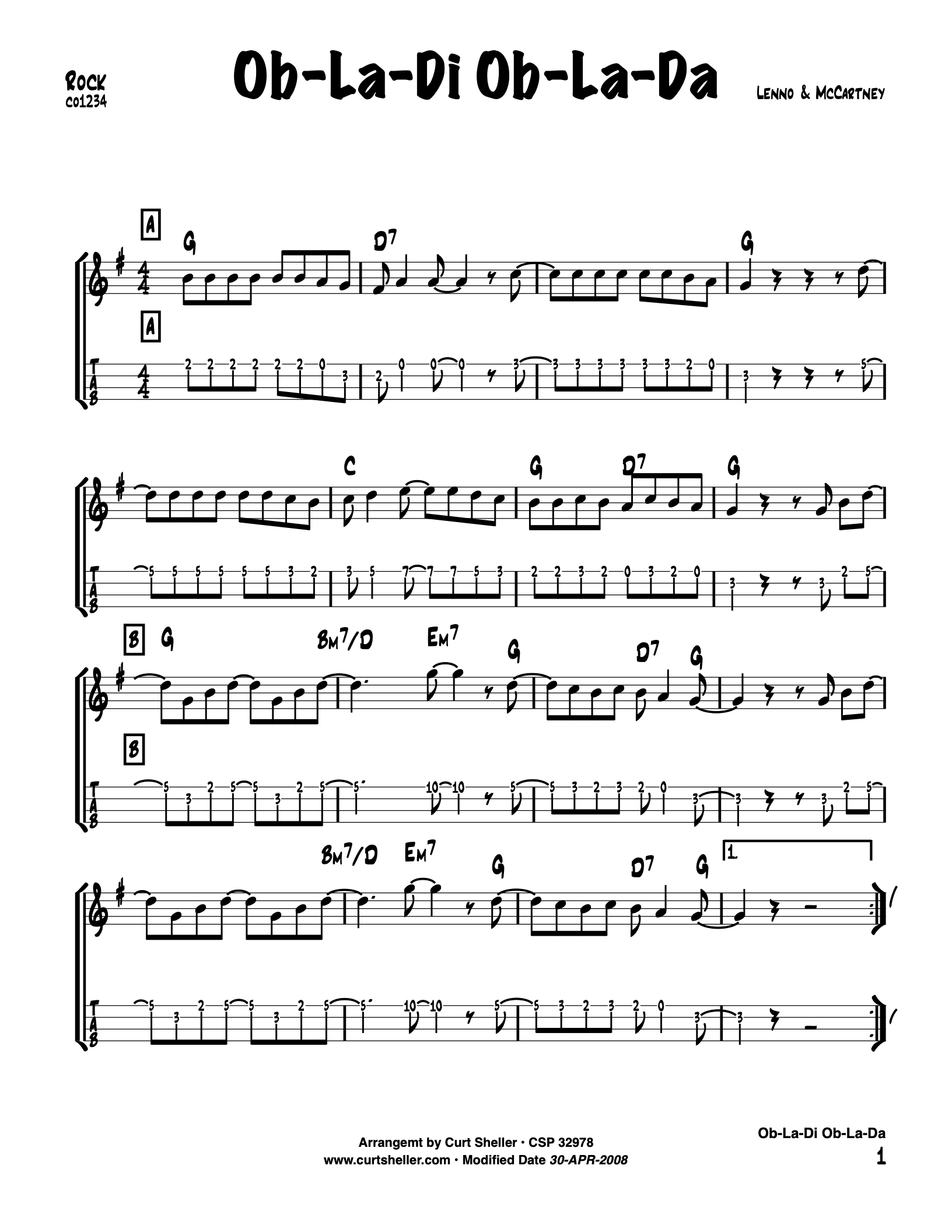
Ob-La-Di, Ob-La-Da is a song credited to Lennon–McCartney, but written by Paul McCartney and released by The Beatles on their 1968 album The Beatles ( also referred to as The White Album ). It was released as a single that same year in many countries, but not in the United Kingdom, nor in the United States until 1976.
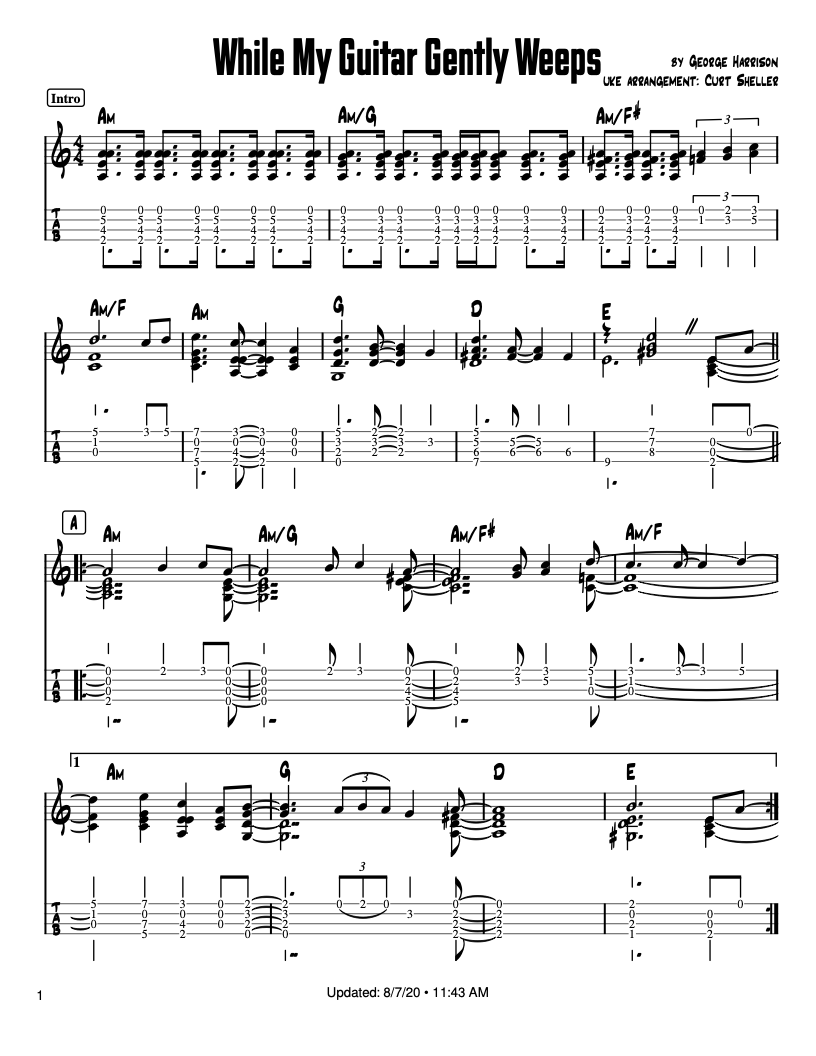
While My Guitar Gently Weeps is a song written by George Harrison of The Beatles for their double album The Beatles (also known as The White Album). The song was ranked #135 on Rolling Stone's list of the 500 greatest songs of all time and #7 on their list of the 100 greatest guitar songs of all time.
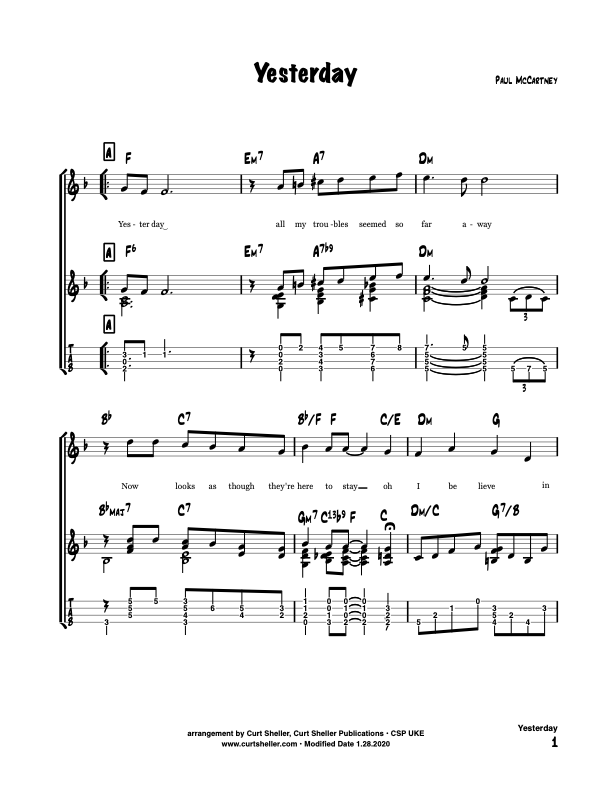
Yesterday is a song originally recorded by The Beatles for their 1965 album Help!. The song first hit the United Kingdom top 10 three months after the release of Help!. The song remains popular today with more than 1,600 cover versions, one of the most covered songs in the history of recorded music. The song was not released as a single in the UK at the time of its release in the United States, and thus never gained number 1 single status in that country. However, “Yesterday” was voted the best song of the 20th century in a 1999 BBC Radio 2 poll of music experts and listeners.

Harmonic Analysis is the understanding of the functional sequence of chords. It is the process used to analyze the harmonic structure of a progression, song or composition. This analysis is then used to make scale selections for improvisation and chord substitution.
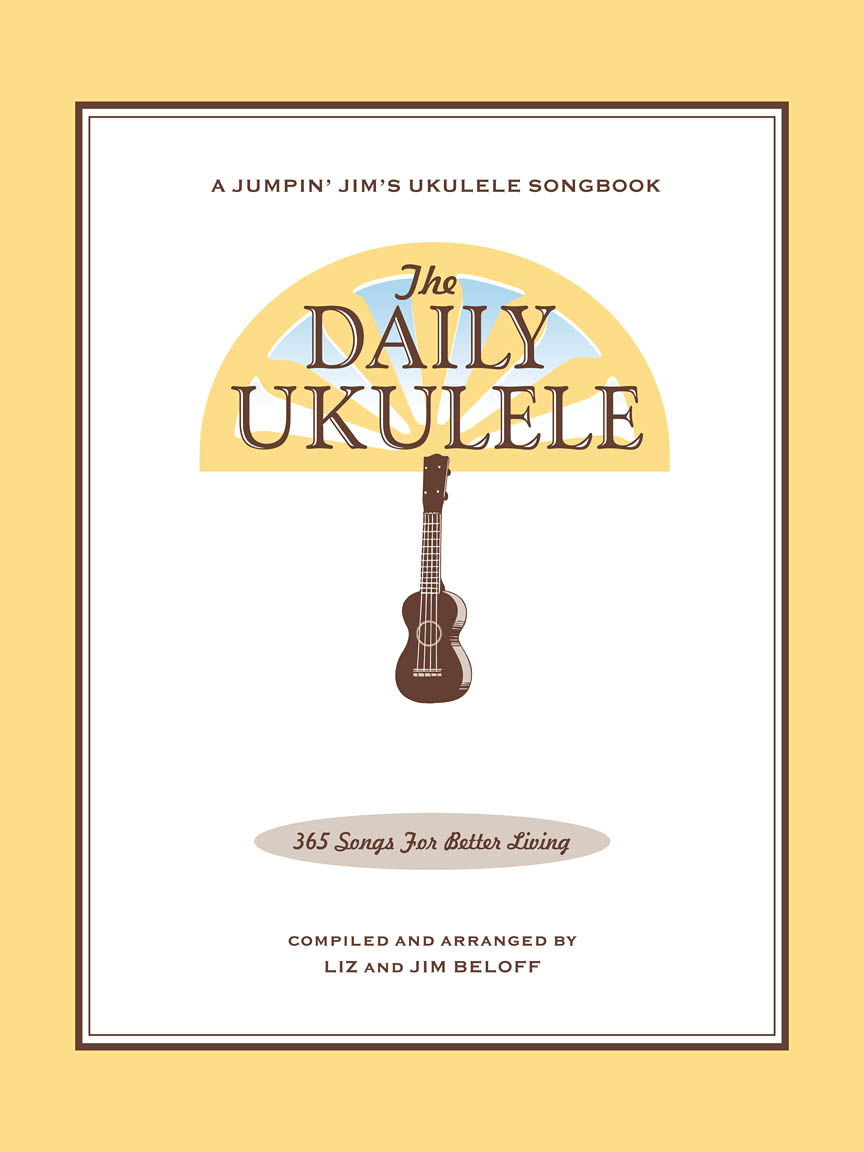
Strum a different song every day with easy arrangements of 365 of your favorite songs in one big songbook! The Daily Ukulele features ukulele arrangements with melody, lyrics and uke chord grids and are in ukulele-friendly keys that are particularly suited for groups of one to one hundred to play and sing.
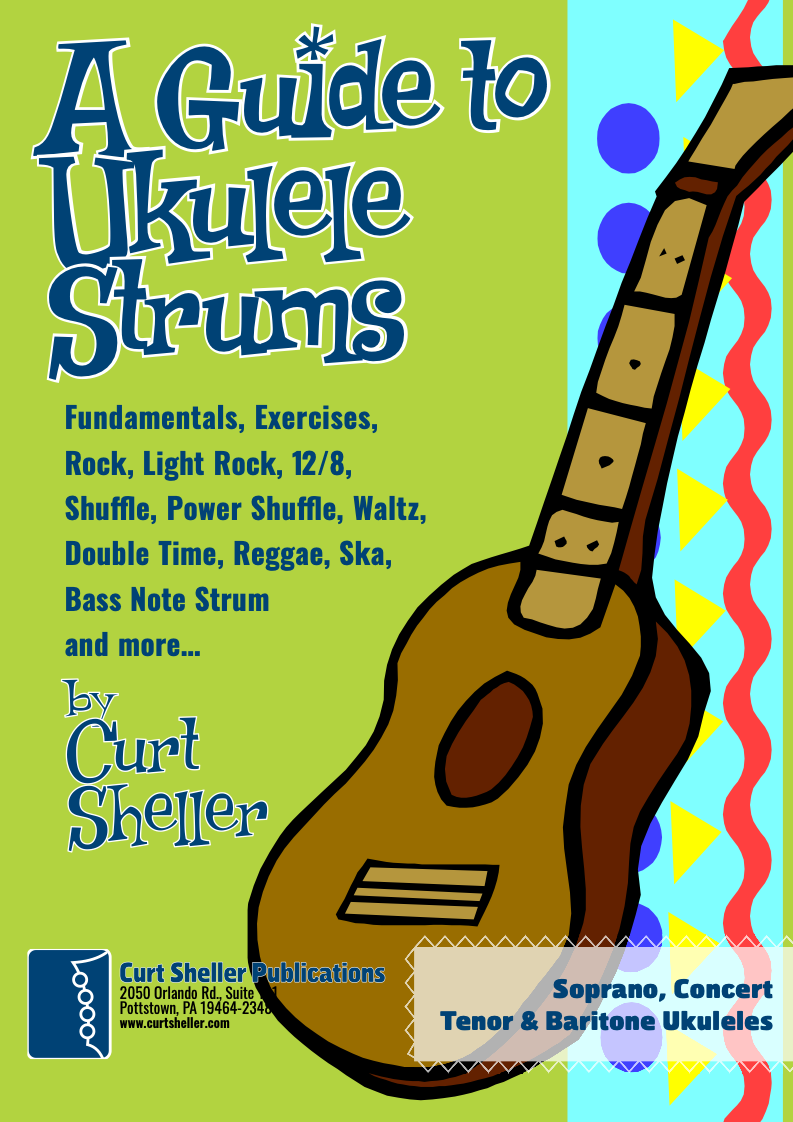
Learn a variety of strums and rhythmic patterns in wide range of musical styles. One of the first skills a ukulele player learns is the art and craft of strumming, playing rhythm. This refers to an accompaniment technique suitable for the singer, singer - songwriter or someone who plays a support role for another instrument.

Finally, learn the names of the notes of the ukulele fingerboard in C tuning .

Learn the six fingering principles to navigating the ukulele fingerboard. Fingering is one of the most universal topics. Book: Six Secrets of the Ukulele Fingering

Harmonic Analysis is the understanding of the functional sequence of chords. It is the process used to analyze the harmonic structure of a progression, song or composition. Book: Harmonic Analysis for Scale Selection and Chord Substitution

Learn to read single note melodies in the first/open position is a lot easier than you might think. Book: Ukulele – Reading Music Series – Primer

An organized collection of daily practice and reference material for the contemporary ukulele player for developing the vocabulary and knowledge necessary for single note playing. Book: Daily Practice Material for the Contemporary Ukulele
Checkout the Books & Reference Charts for additional Handy, Dandy Reference Charts.

Ukulele Fingerboard Chart for C Tuning, Low or High G – G C E A

Ukulele Fingerboard Chart for G Tuning, Low or High A – D G B E

A handy reference chart of all 15 major and relative minor key signatures. US Letter 8.5 x 11 sized (ANSI-A), A4
Checkout the Books & Reference Charts for additional Handy, Dandy Reference Charts.



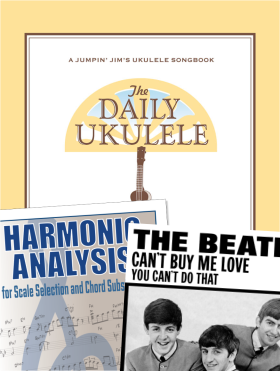
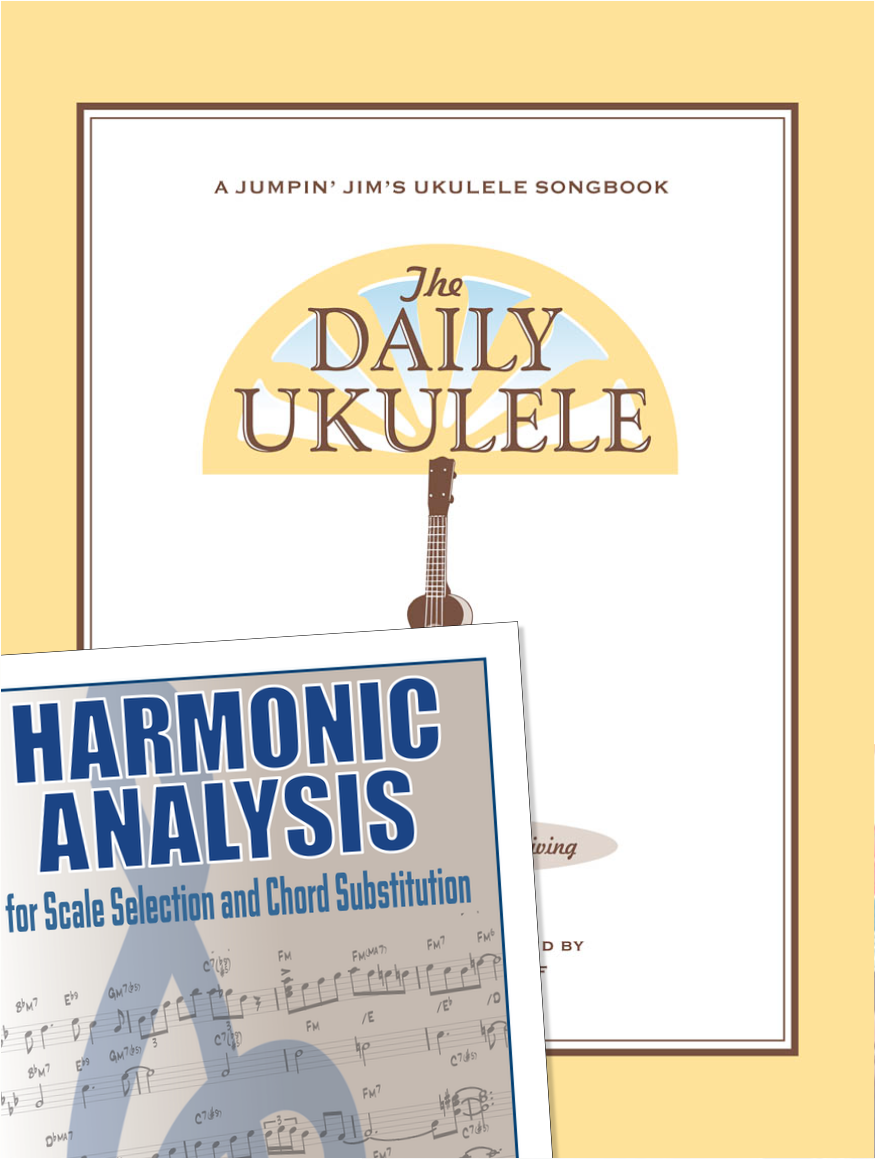


.jpg)